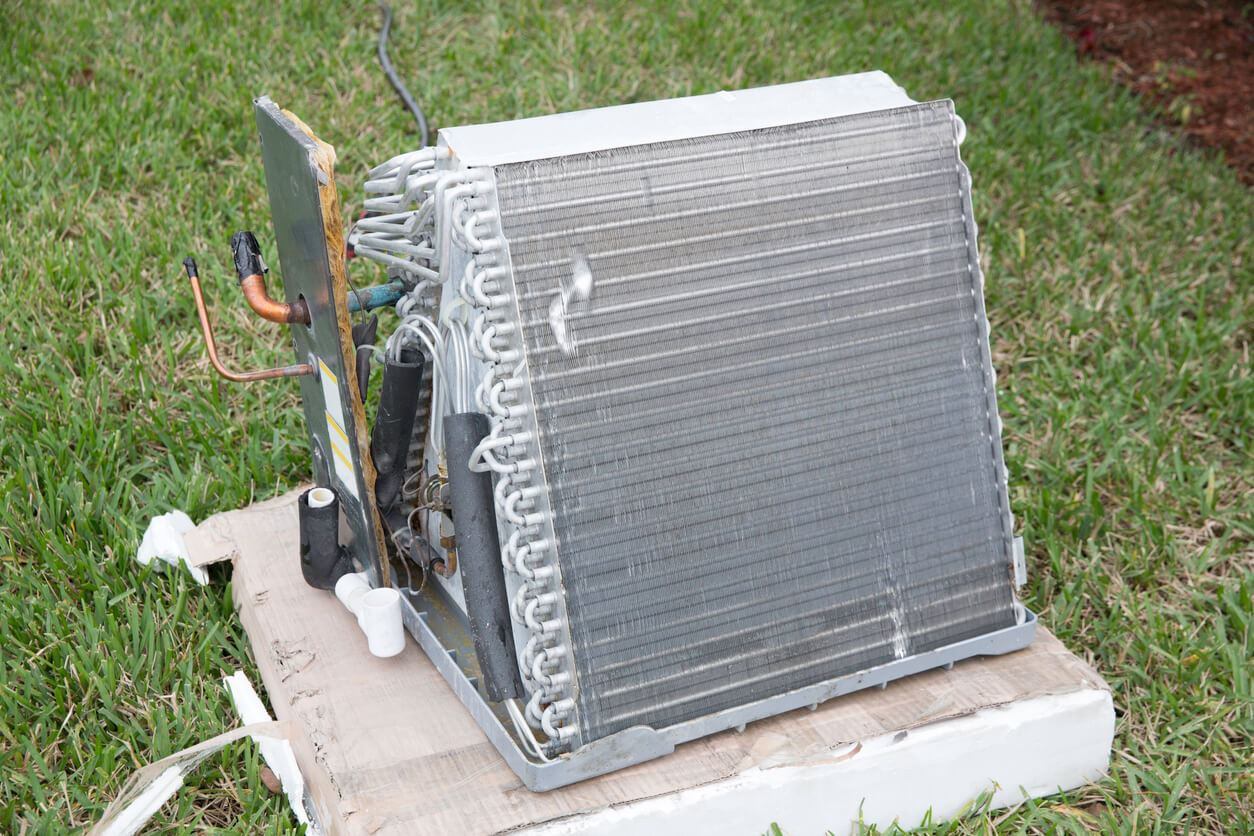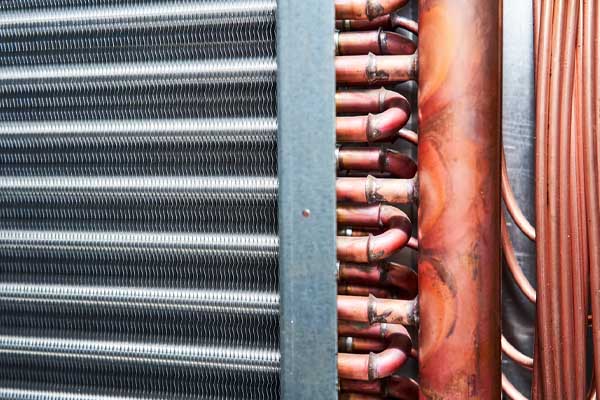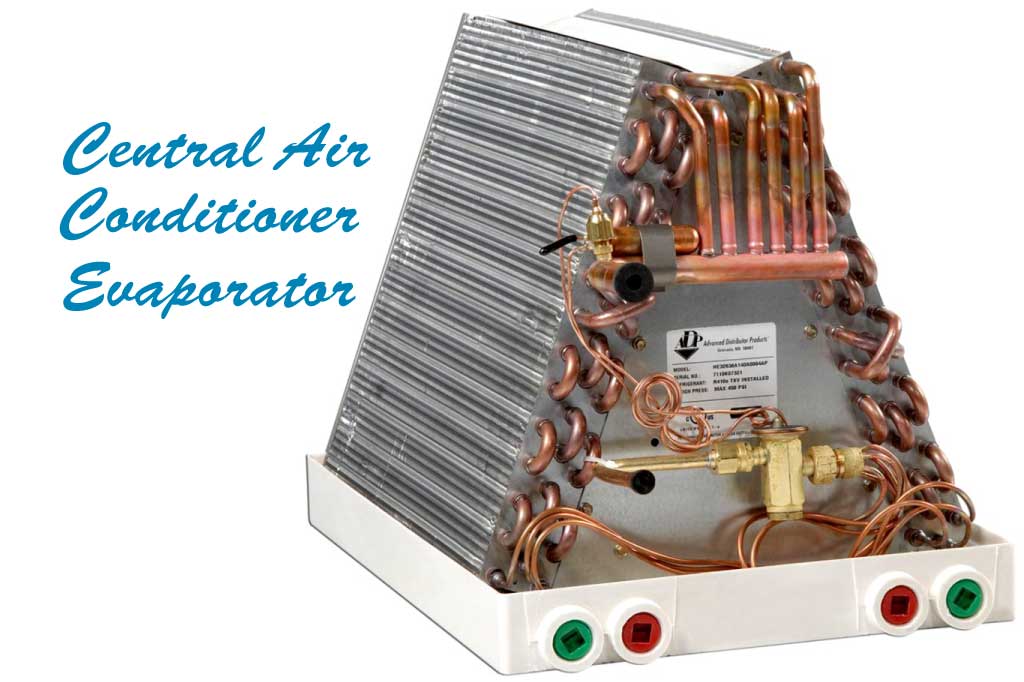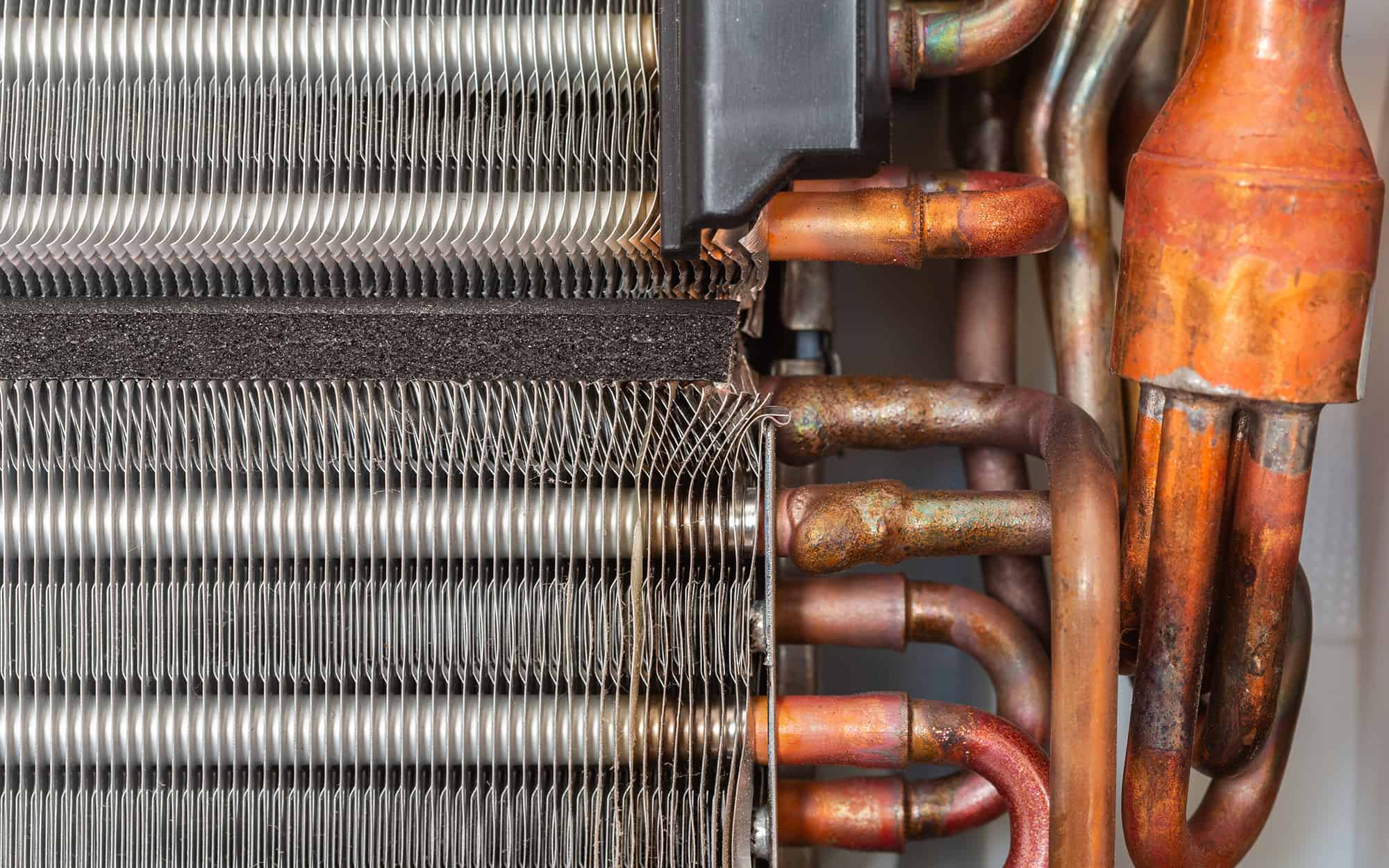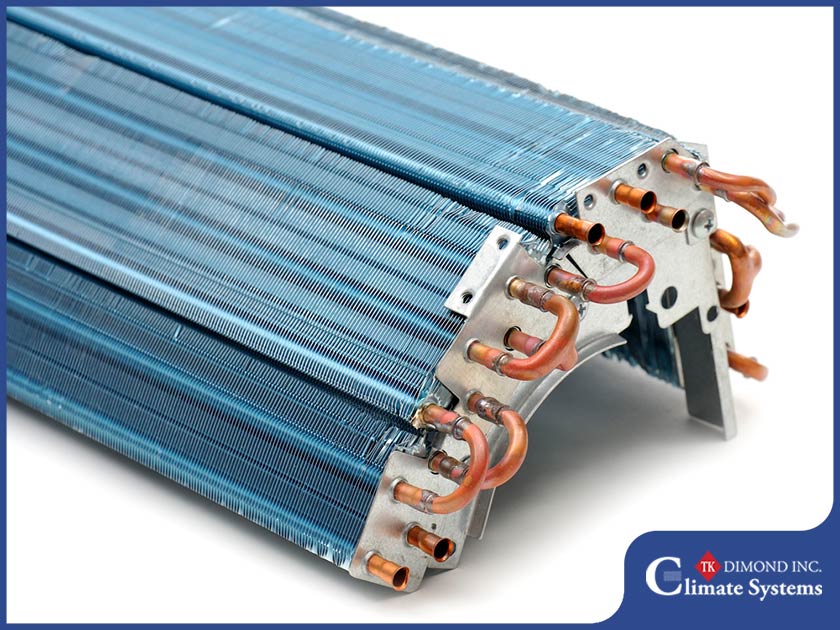Where Is Evaporator Coil Air Conditioner

Frequently Asked Questions About Evaporator Coil Location in Air Conditioners
Understanding where the evaporator coil is located in your air conditioning system is crucial for maintenance, troubleshooting, and even understanding how your AC works. Here are some of the most common questions homeowners and facility managers have about this important component.
Question 1: What exactly *is* an evaporator coil and why is it important?
The evaporator coil is a key component in your air conditioner's cooling process. It's a set of coils (usually made of copper or aluminum) that contains a refrigerant. As warm air from your home blows across the coil, the refrigerant inside absorbs the heat, cooling the air. This cooled air is then circulated back into your home. Think of it as the heart of your cooling system.
- Function: Cools the air by absorbing heat.
- Contains: Refrigerant, which is a fluid that changes state to absorb heat.
- Importance: Without a properly functioning evaporator coil, your AC won't cool effectively.
Question 2: Where is the evaporator coil located in a central air conditioning system?
In a central air conditioning system, the evaporator coil is usually located inside the indoor unit. This indoor unit is often part of, or sits on top of, your furnace or air handler. Finding the coil means locating that indoor unit.
- Typical Location: Inside the indoor unit (furnace or air handler).
- Look for: A large, metal box that houses the blower fan and other AC components.
- Accessibility: May require removing access panels for visual inspection.
Question 3: Can I be more specific? Where *inside* the indoor unit is the evaporator coil?
Okay, let's get more specific. Once you've located the indoor unit (the furnace or air handler), the evaporator coil is usually situated after the air filter and before the blower fan. Air is drawn through the filter, across the evaporator coil, then pushed through the ducts by the blower fan. It is also typically enclosed in a metal casing itself with an access panel, for inspection and cleaning.
- Relative Position: Air filter -> Evaporator Coil -> Blower Fan.
- Visual Clues: Look for copper or aluminum tubing with fins.
- Access: May require removing a separate access panel within the indoor unit.
Question 4: What about a ductless mini-split system? Where's the evaporator coil there?
In a ductless mini-split system, things are a little different. The evaporator coil is located inside the indoor unit (the wall-mounted unit). This unit is what you see mounted on the wall inside your room. The coil is directly behind the front panel of this unit.
- Location: Inside the wall-mounted indoor unit.
- Accessibility: Usually accessible by removing the front panel of the unit.
- Easier to Find: Generally more accessible than central AC evaporator coils.
Question 5: Why is it important for me to know where the evaporator coil is located?
Knowing the location of your evaporator coil is important for several reasons:
- Maintenance: You might need to clean the coil periodically to maintain optimal performance. A dirty coil reduces efficiency.
- Troubleshooting: If your AC isn't cooling properly, knowing where the coil is can help you identify potential problems (e.g., ice buildup).
- Filter Changes: Understanding the air flow path reinforces the importance of regular filter changes to prevent coil contamination.
- DIY vs. Professional: Knowing the location can help you determine if a problem is something you can address yourself or if you need to call a professional. However, always prioritize safety and consult with a qualified HVAC technician for repairs involving refrigerant or electrical components.
- System Longevity: Proper maintenance of the coil contributes to the overall lifespan of your air conditioning system.
Question 6: What should I do if I find ice on my evaporator coil?
Finding ice on your evaporator coil is a sign of a problem. Do not attempt to chip or scrape the ice off. Instead, take these steps:
- Turn off your AC: This will allow the ice to melt.
- Check your air filter: A dirty filter restricts airflow, which can cause the coil to freeze. Replace it if it's dirty.
- Ensure vents are open: Make sure all supply and return vents are open and unobstructed to allow for proper air circulation.
- Consider professional help: If the icing problem persists after checking the filter and vents, there could be a more serious issue, such as a refrigerant leak or a faulty blower motor. Call a qualified HVAC technician.
Important: Running your AC with a frozen evaporator coil can damage the compressor and other components.
Question 7: Can I clean the evaporator coil myself, and if so, how?
Yes, you *can* clean the evaporator coil yourself, but proceed with caution. Before you start, always turn off the power to your AC unit at the breaker. Here's a general process:
- Gather Supplies: You'll need a soft brush (like a fin comb or a paintbrush), a vacuum cleaner with a brush attachment, and a coil cleaner specifically designed for evaporator coils. Do NOT use harsh chemicals or abrasive cleaners.
- Access the Coil: Remove the access panel to expose the evaporator coil.
- Vacuum Loose Debris: Use the vacuum cleaner with the brush attachment to remove any loose dust, dirt, or debris from the coil fins.
- Apply Coil Cleaner: Follow the instructions on the coil cleaner. Usually, you'll spray the cleaner onto the coil and let it sit for a few minutes. The cleaner will help to loosen stubborn dirt and grime.
- Gently Brush: Use the soft brush to gently brush the coil fins. Be careful not to bend or damage the fins.
- Rinse (if required by cleaner): Some coil cleaners require rinsing with water. If so, use a gentle spray of water to rinse the coil. Be sure to protect any electrical components from getting wet.
- Allow to Dry: Let the coil air dry completely before reassembling the unit.
- Reassemble: Replace the access panel and turn the power back on to your AC unit.
Important Considerations:
- Safety First: Always turn off the power before working on any electrical appliance.
- Refrigerant: Do not attempt to handle or work with refrigerant lines. This is a job for a qualified HVAC technician.
- Professional Cleaning: If you're uncomfortable cleaning the coil yourself, or if it's heavily soiled, consider hiring a professional HVAC technician to clean it for you.
- Fin Damage: Be extremely careful not to bend or damage the delicate fins on the coil. Bent fins can restrict airflow and reduce cooling efficiency. A fin comb can be used to straighten bent fins.
- Coil Cleaner Type: Use a no-rinse coil cleaner to prevent mold and mildew growth.
By understanding where your evaporator coil is located and how to maintain it, you can help ensure that your air conditioning system runs efficiently and effectively for years to come.
